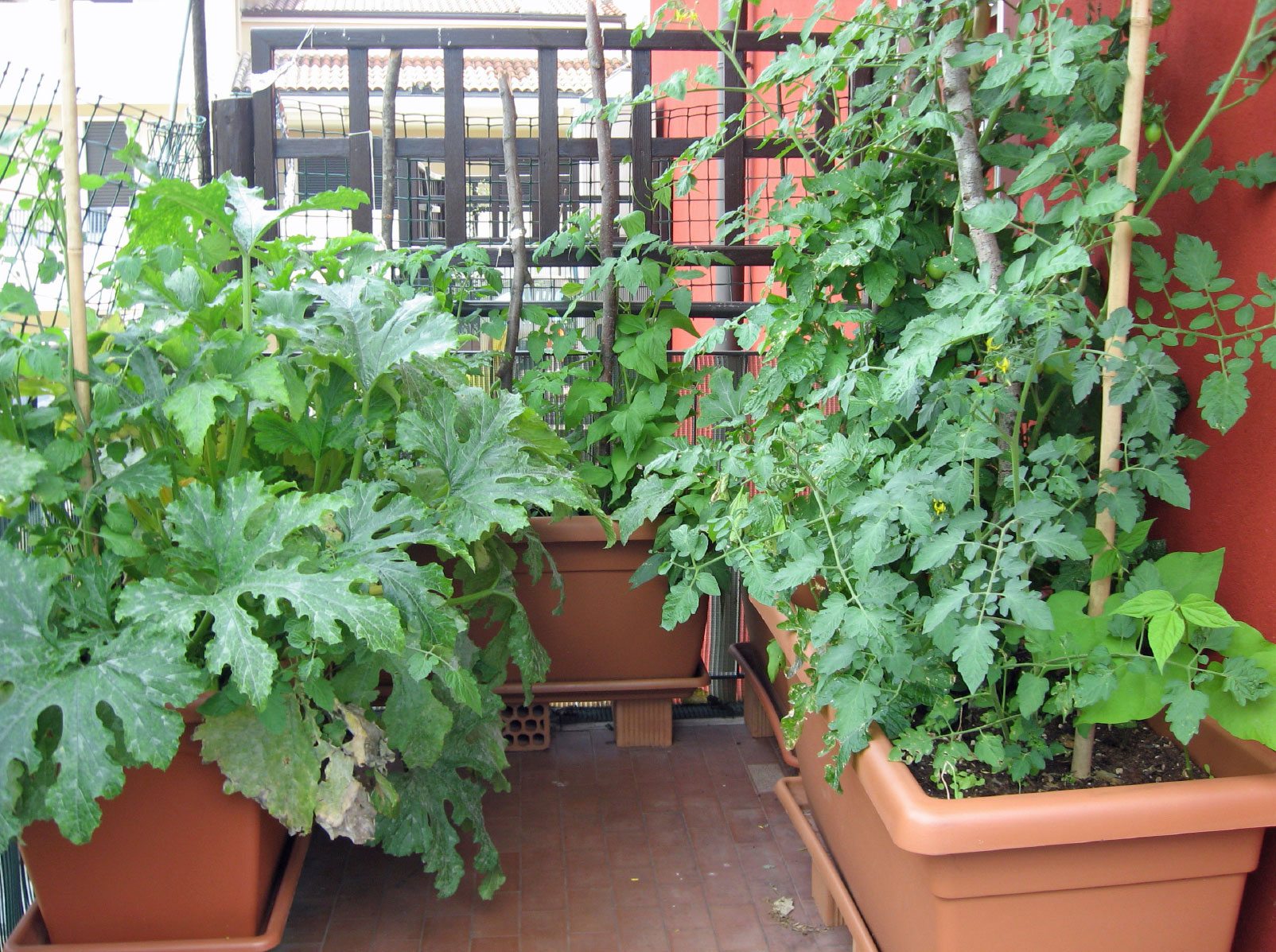Top Guidelines Of City Blooming
Table of ContentsOur City Blooming DiariesCity Blooming Can Be Fun For EveryoneThe Main Principles Of City Blooming Some Ideas on City Blooming You Should KnowGet This Report on City Blooming
Interested in growing food for sale in the City of Chicago? Below is a list of frequently asked concerns regarding the policies and laws that farmers ought to take into consideration when intending a metropolitan agriculture project.
The zoning change does not customize any type of other codes taking care of composting, building permits, buying or leasing City owned property, organization licenses or environmental contamination. There are existing codes that manage these issues and they remain in full impact and might be suitable to your task. Community gardens are generally had or managed by public entities, civic organizations or community-based companies and preserved by volunteers.
Urban ranches expand food that is meant to be sold, either on a not-for-profit or for-profit basis. Due to their industrial function, urban farms require a company certificate. Yes. An area yard is allowed to offer excess produce that was grown on website if the sales are accessory or subordinate to the garden's primary objective described above.
Not known Factual Statements About City Blooming
The amount of garden compost material can not go beyond 25 cubic lawns at any kind of offered time according to the criteria in 7-28-715 of the City's Municipal Code. Due to the fact that the soil at many brand-new garden websites needs modifying, garden compost, dirt, wood chips, or other products can be obtained to build or enhance the expanding area.

If a structure permit is required then the hoophouse will certainly be thought about an accessory structure. You can locate out even more about the structure authorization needs by contacting the Department of Buildings. The 25,000-square-foot size restriction is meant to avoid a solitary community yard from dominating an offered block or interfering with the block's existing residential or business character.
The limit does not relate to gardens found in Public Open Space (POS) districts. Can there be greater than one community garden that is 25,000 square feet on a single block? Yes. The size limit applies to private gardens, not to individual blocks. No. Fence is not called for, nevertheless, gardens that have big parking lot may be called for to mount secure sites fencing or various other landscaping functions.
Getting The City Blooming To Work
B1 & B2 areas call for that all commercial usage activities be conducted inside your home. R areas restrict business task. The guidelines show the purpose and intent of the Zoning Code. Is secure fencing needed for metropolitan ranches? Yes. Fences might be needed, in addition to landscape design and screening, for particular parking lot and exterior work or storage locations relying on location and the particular activity taking place.
Yes. Urban farms require structure licenses and zoning approvals before construction. Other forms of city testimonial might be required depending upon specific structures, tasks, dimension, landscaping, licensing, public heath and stormwater monitoring problems. A lot of these demands are recognized in the job design or allowing process, however, the candidate might be liable to independently identify specific licenses or permits that may be required.
Yes. The kind of license is identified by what is taking place at the site. The Division of Service Affairs and Customer Protection can help identify the particular kind of organization certificate that's needed. Yes. Off street car parking is required for a lot of business projects in Chicago. The called for number of car parking spaces is based on the variety of staff members servicing website and not the square video of the growing area.
The Ultimate Guide To City Blooming

Yes. A metropolitan farm can sell compost product generated on site, nevertheless, the operation has to adhere to the laws in 7-28-715 of the Chicago Municipal Code. Yes. Aquaponic systems are enabled indoors on metropolitan farms in numerous zoning areas. Nevertheless, a zoning testimonial and structure permit is called for in order to mount structures or systems and an organization permit is required as defined over.
Approximately 5 hives or swarms of honey might be maintained as an accessory use. Nevertheless, beekeepers should sign up with the Illinois Department of Agriculture. To find out more concerning the proposed zoning change you may contact the Department of Real Estate and Economic Growth, Bureau of Preparation and Zoning at 312.744.8563.
Farming in cities and urban areas An urban farm in Chicago. Urban farming describes different practices of cultivating. https://www.provenexpert.com/city-blooming/, handling, and distributing food in urban areas. The term also relates to the area activities of animal husbandry, aquaculture, beekeeping, and cultivation in a metropolitan context. Urban agriculture is distinguished from peri-urban agriculture, which occurs in country locations at the side of residential areas.
The Single Strategy To Use For City Blooming
, that seek to form social networks started on a shared principles of nature and area holism. These networks can establish by means of formal institutional support, becoming integrated into neighborhood community planning as a "shift town" movement for sustainable metropolitan advancement.
In either instance, the extra direct access to fresh vegetable, fruit, and meat products that may be understood through city agriculture can improve food security and food safety while decreasing food miles, bring about lower greenhouse gas emissions, consequently adding to climate modification reduction. A few of the first proof of urban agriculture comes from Mesopotamia.